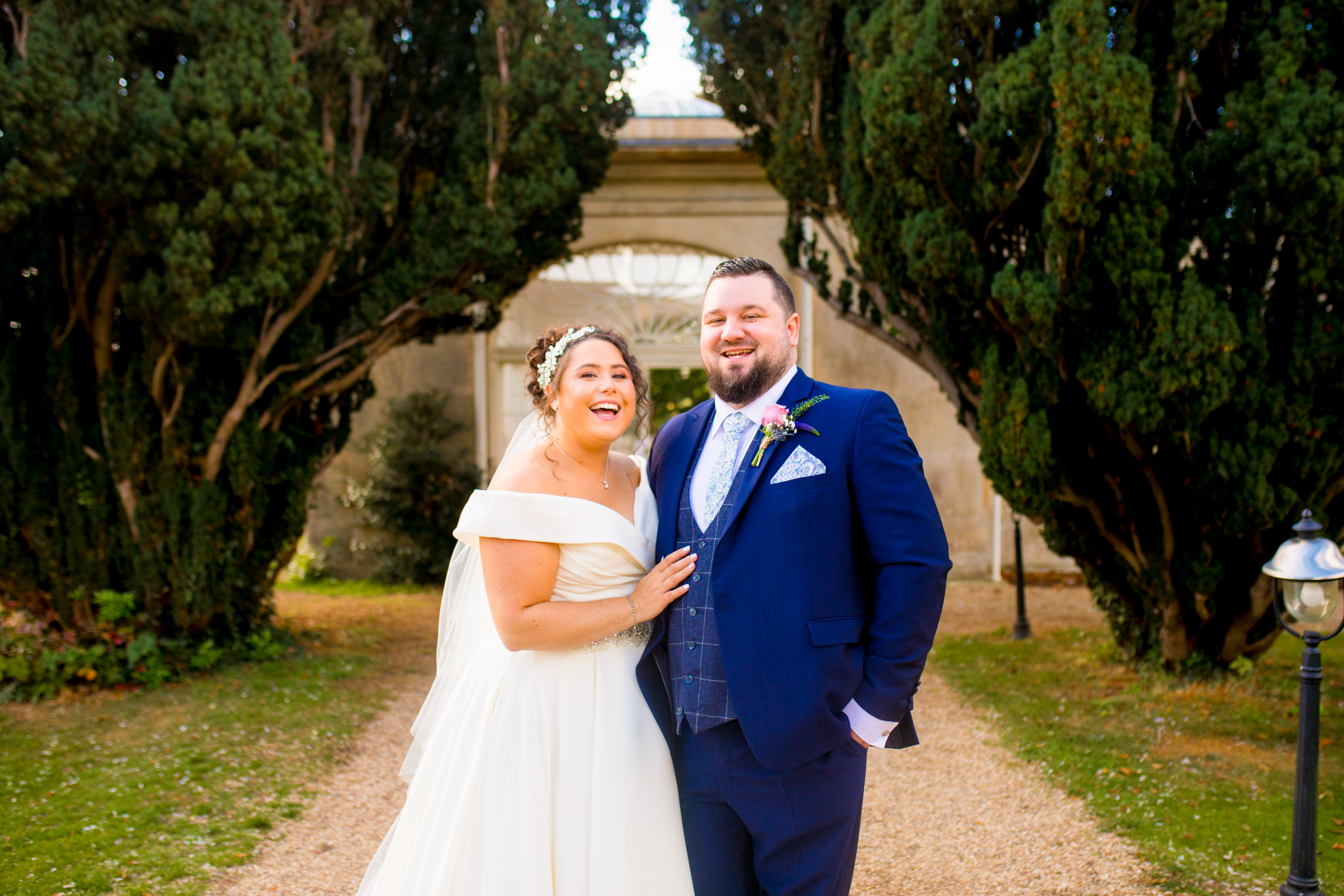
Another fab Barton Hall wedding ticked off. This time, Sam & Lawrence invited me to share in their special day and the fun started straight away in the bridal prep room when the Champagne and Prosecco was popped and the giggles began.
The orangery at Barton always provides a beautiful backdrop to the wedding ceremony and it didn’t disappoint once again. The sun shone throughout and lit the happy couple as they stood, exchanging vows, at the top of the aisle. Onto the confetti run and then the drinks reception where the laughter continued throughout.
The singing waitress provided and excellent rendition of some favourites and got everyone up and dancing before we sat for the wedding breakfast. Once that was done, it was onto the evening entertainment. DJ at the ready, first dance completed and let the mayhem begin.




































































The Rich History of Barton Hall
Tucked away in the village of Barton Seagrave near Kettering, Barton Hall is not just a beautifully restored hotel—it’s a remarkable building with a rich and fascinating past that stretches back nearly 500 years. Listed on the English Heritage Register, the Hall has been home to influential families, historic figures, and sweeping changes that mirror the broader story of England itself.
Origins in the 16th Century
Barton Hall—originally known as Barton Seagrave Hall—was built around 1550 by the Humphrey family. At that time, the manor was owned by William Humphrey (d. 1591) and his wife Jane Lynne, who inherited the property in 1553. William was also connected to the village of Swepstone, and his tomb can still be seen in the local church there, complete with an effigy dressed as a knight.
The Hall remained in the Humphrey family for over a century before being sold in 1665 to John Bridges, a prominent figure whose family would leave a lasting mark on Northamptonshire.
The Bridges Legacy
John Bridges (1642–1712) was married to Elizabeth Trumball, sister of Sir William Trumball, Secretary of State under King William III. They had twelve children, including the noted historian John Bridges (1666–1724), and Charles Bridges, a painter.
John Bridges the younger became most famous for his monumental work, The History and Antiquities of Northamptonshire, a detailed chronicle of the county. He employed a team to help survey and record the region’s heritage—a project which laid the foundation for future historical study of the area. Upon his death in 1724, the Hall passed to his nephew John Bridges (1706–1741), who married his cousin, Margaretta Horton. The couple had no children, and after John’s death, the Hall passed out of the Bridges family.
The Wilcocks Era
By 1749, Barton Hall was in the hands of Joseph Wilcocks, the Bishop of Rochester. He used the property as a summer retreat and entertained several prominent guests. After his death in 1756, his son—also named Joseph Wilcocks (1724–1791)—inherited the estate. Though he lived at Barton Hall for a time, he later moved to Ladye Place in Berkshire. Upon his death, with no heirs, the Hall was once again put up for sale.
The Tibbits Family & the Age of Landscaping
In 1791, Charles Tibbits (1764–1830) purchased Barton Hall following his marriage to Mary Woodyeare. Coming from a wealthy Warwickshire family, Charles was well-positioned to invest in the estate. In 1793, he commissioned none other than Humphry Repton, the famed landscape gardener, to redesign the grounds. Repton produced one of his celebrated “Red Books” for Barton Hall, which laid out his vision for a more picturesque and elegant garden design.
Charles’s only son, Richard John Tibbits, died young, leaving behind his wife, Horatia Charlotte Lockwood, and their three-year-old daughter, Mary Isabella Tibbits (1818–1904). When Charles died in 1830, young Mary inherited Barton Hall at just 12 years old. She would go on to own the Hall for the next 74 years, making her one of its longest residents.
Viscountess Hood & Victorian Legacy
In 1837, Mary Isabella Tibbits married Viscount Samuel Hood, becoming Viscountess Hood. Following his death in 1846, she remarried twice more—first to Dr. George Hall in 1849, and then to Colonel John Borlasse Maunsell in 1858, who later adopted the surname Tibbits by Royal Licence. Despite these changes, Mary continued to be known socially as Viscountess Hood.
She had five children, and upon her death in 1904, her eldest son, Francis Wheler Hood, 4th Viscount Hood, inherited the estate. He died just a few years later in 1907, passing the property to his son, Grosvenor Arthur Frederick Hood, 5th Viscount Hood. In 1911, the entire estate—then comprising 1,800 acres—was put up for sale.
20th Century Changes & the Wicksteed Connection
The sale of 1911 marked a major turning point for Barton Hall. The estate was divided into parcels. Industrialist Charles Wicksteed, famous for founding Wicksteed Park, purchased part of the land in 1913. Meanwhile, the Hall itself, along with approximately 65 acres, was bought by George Edward Stringer, a wealthy colliery owner.
Stringer lived at Barton Hall until the death of his wife Edith Emily Harrison in 1922, after which he placed the Hall on the market. In 1928, Charles Wicksteed added the Hall to the Wicksteed Village Trust, an organization dedicated to providing leisure and recreation to the local community.
Under the Trust, Barton Hall served various purposes, including as a hotel and events venue. In 1949, it transitioned into a nursing home for the elderly, reflecting changing societal needs after World War II.
Modern Revival
After decades of use as a care facility, Barton Hall was eventually sold by the Trust. In 2012, it underwent a major transformation and was restored as a luxury hotel, returning to its original function as a place of hospitality and grandeur. Today, Barton Hall Hotel combines the elegance of its long history with modern comfort, offering accommodation, dining, and event spaces—particularly popular for weddings and special occasions.




